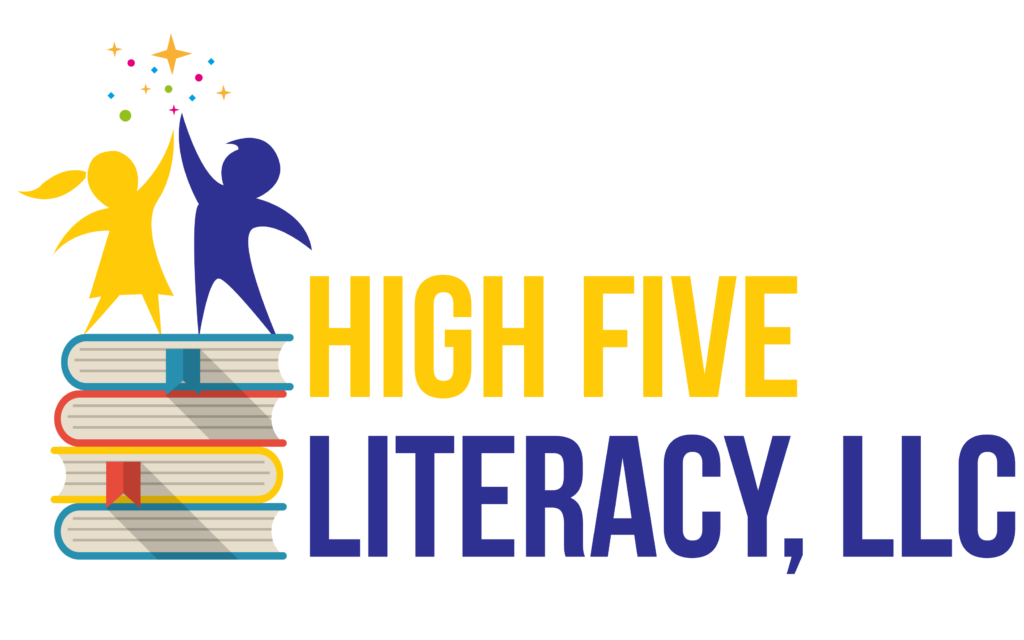 Close reading is a requirement of the Common Core State Standards, and it demands critical thinking of text, especially thinking about one’s own thinking, defined as metacognition. Getting the gist of text is the first step in comprehending, but it is not enough to develop a deep understanding. One must pay close attention to form, structure, and underlying meaning in order to thoughtfully support an argument and defend a position. The reader needs to question his own thinking and confirm his patterns of thought using the clues in the text. Many students are impulsive and try to jump to an answer based on a superficial understanding of the text while ignoring the important details.
Close reading is a requirement of the Common Core State Standards, and it demands critical thinking of text, especially thinking about one’s own thinking, defined as metacognition. Getting the gist of text is the first step in comprehending, but it is not enough to develop a deep understanding. One must pay close attention to form, structure, and underlying meaning in order to thoughtfully support an argument and defend a position. The reader needs to question his own thinking and confirm his patterns of thought using the clues in the text. Many students are impulsive and try to jump to an answer based on a superficial understanding of the text while ignoring the important details.
Children need to read a question and clearly know what is being asked. Understanding the question is half the battle. Children may become confused by the syntax of a complex sentence or misunderstand what to look for. Next, they must know what information they need to answer the question. Is it a basic, literal question that can be found easily or is it a question that requires inference and judgment that will not be easily found but can be answered based a more holistic understanding of the text? Finally, children should be able to narrow down their choices by eliminating ones that do not make sense. There can be a couple of choices that look right, but there will always be a tipping point that can be supported through careful analysis. These are the skills necessary to read strategically and write convincingly. Information should not be taken at face value; readers and writers need to dig deeper and support what they think and how they respond.
Here are some ideas for parents to help their children learn to read closely:
- Encourage your child to ask questions while reading rather than you asking your child questions.
- If it is you asking a lot of comprehension questions, especially ones that can be answered easily, it does not encourage close reading.
- Change the dialogue from what the author is saying to why. What does the author want the reader to learn? Why? So what? What is the author trying to get across? What is the author’s message?
- “Text dependent” questions are questions that rely on truly reading the text; they cannot be answered without finding evidence from the text to support an argument. You can encourage your child to become a “thinker” rather than a “receiver” of information by asking your child to support his or her opinion through conversation. Look at both sides of an issue and be open to discussion. Utilizing these strategies through conversation can be transferred to reading comprehension.
- If you have a young child, you can begin close reading strategies through read-aloud. Use picture books. Build language comprehension through dialogue about text. Ask beyond the obvious – ask questions that get your child talking, thinking, observing, and analyzing.
Faith Borkowsky, Owner and Lead Educational Consultant of High Five Literacy and Academic Coaching, is a Certified Wilson Dyslexia Practitioner, is Orton-Gillingham trained, and has extensive training and experience in a number of other research-based, peer-reviewed programs that have produced positive gains for students with dyslexia, auditory processing disorder, ADD/ADHD, and a host of learning difficulties.
High Five Literacy and Academic Coaching is located in Plainview, Long Island. Read about what we can offer you and your child: http://highfiveliteracy.com.
*If you found this post informative or interesting, please follow my blog by entering your email in the space provided, or LIKE us on FaceBook @highfiveliteracy
